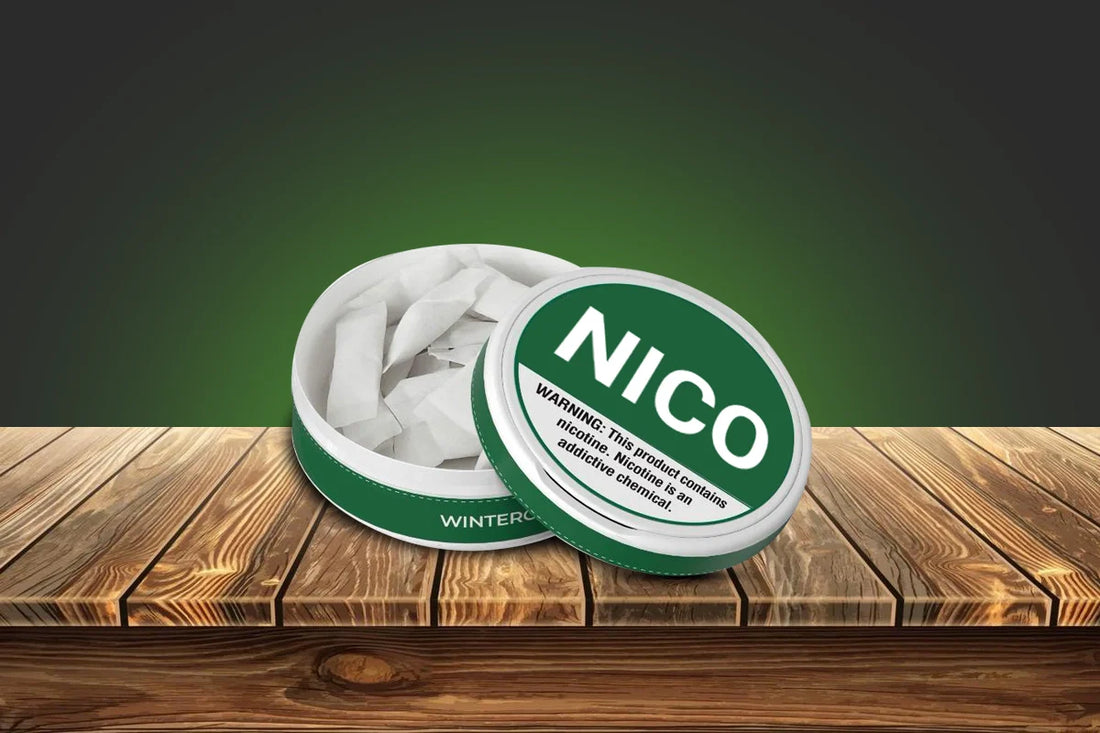
The future of nicotine pouches
Share
The future of nicotine pouches is poised at a crossroads as their popularity continues to rise. Initially introduced as a smoke-free alternative to traditional tobacco products, these small, discreet pouches have gained significant traction among smokers looking for less harmful options, as well as new users curious about their convenience and flavors. However, with this rapid growth comes a wave of concerns regarding their long-term health impacts, their appeal to younger demographics, and their regulation within the global marketplace.
On one hand, nicotine pouches have been celebrated as a potential harm-reduction tool, helping smokers transition away from combustible tobacco products. On the other, they’ve faced scrutiny for their role in potentially introducing non-smokers, especially youth, to nicotine dependency. Governments, health organizations, and major players in the tobacco industry are now engaged in a tug-of-war over how to manage this emerging trend.
As the market for nicotine pouches continues to expand, stakeholders must navigate complex challenges related to public health, consumer protection, and innovation. The outcomes of these debates will not only shape the industry’s future but also influence the broader conversation about nicotine use in a world increasingly focused on health-conscious lifestyles.
Here are the key areas to watch as this product category evolves.
1. Stricter Regulations
Governments and health organizations are likely to impose stricter controls on nicotine pouch sales and marketing. These regulations could include:
- Banning flavors that appeal to younger audiences.
- Mandating clearer labeling about nicotine content and potential health risks.
- Restricting advertising to prevent targeting non-smokers and minors.
2. Advancements in Product Development
As demand grows, companies may innovate to create safer and more appealing products, such as:
- Lower nicotine variants for users seeking harm reduction.
- Sustainable packaging to cater to environmentally conscious consumers.
3. Shifting Public Perception
The dialogue around nicotine pouches will likely evolve, influenced by:
- Scientific research shedding light on long-term health effects.
- Public awareness campaigns aimed at educating consumers about safe usage.
4. Market Consolidation
With increasing regulation, smaller players might struggle to comply, leading to:
- Dominance of larger corporations like Philip Morris and British American Tobacco.
- Potential mergers and acquisitions within the industry.
5. Role in Smoking Cessation
Nicotine pouches could solidify their position as a tool for quitting smoking if:
- They are positioned responsibly as part of harm reduction strategies.
- Healthcare providers endorse their use over more harmful tobacco products.
Final Thoughts
The future of nicotine pouches depends on striking a delicate balance between innovation, regulation, and consumer health. As the industry evolves, it will need to address both the potential benefits and risks to ensure a sustainable path forward.



